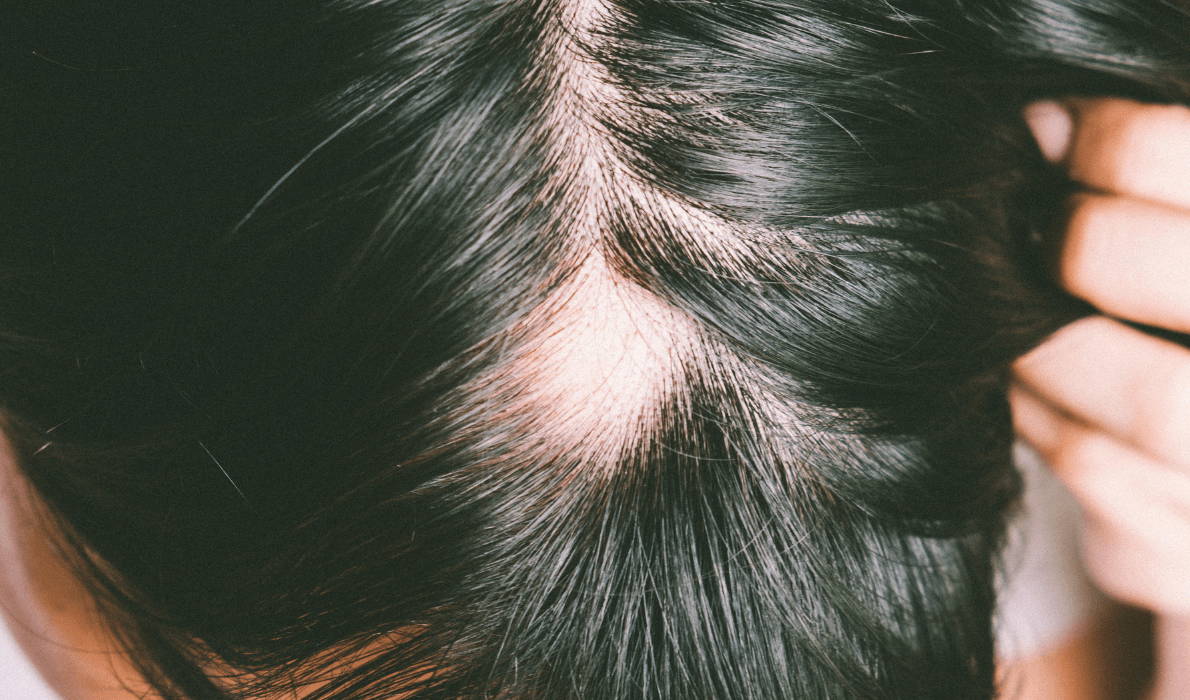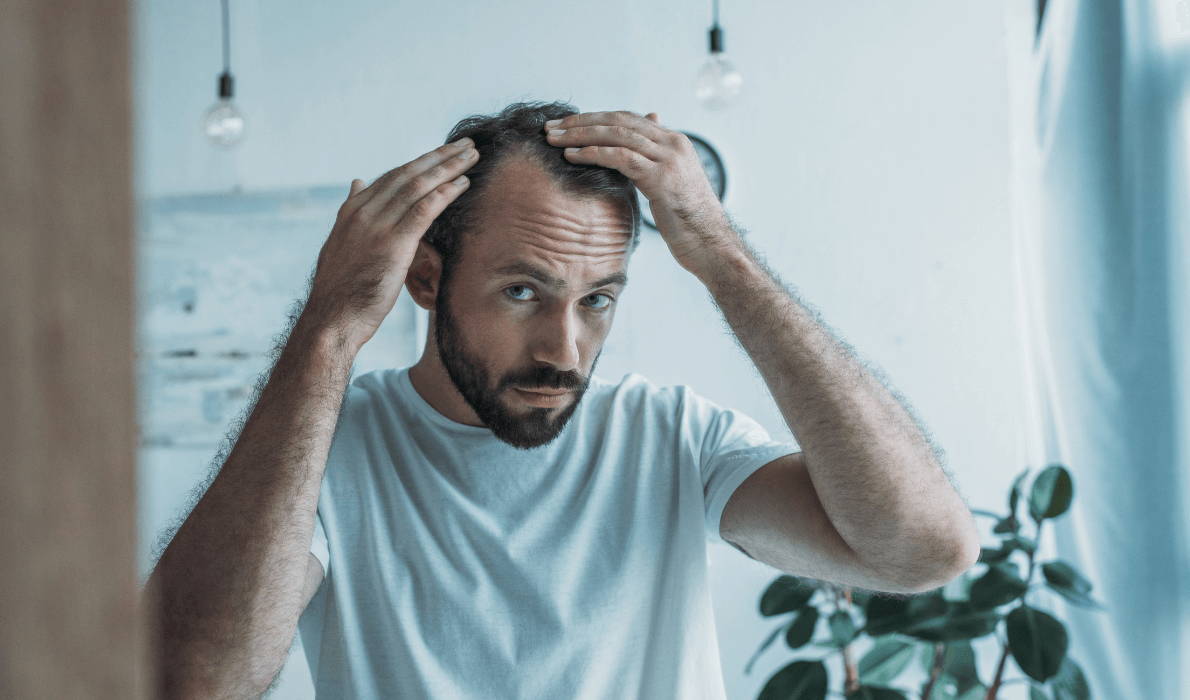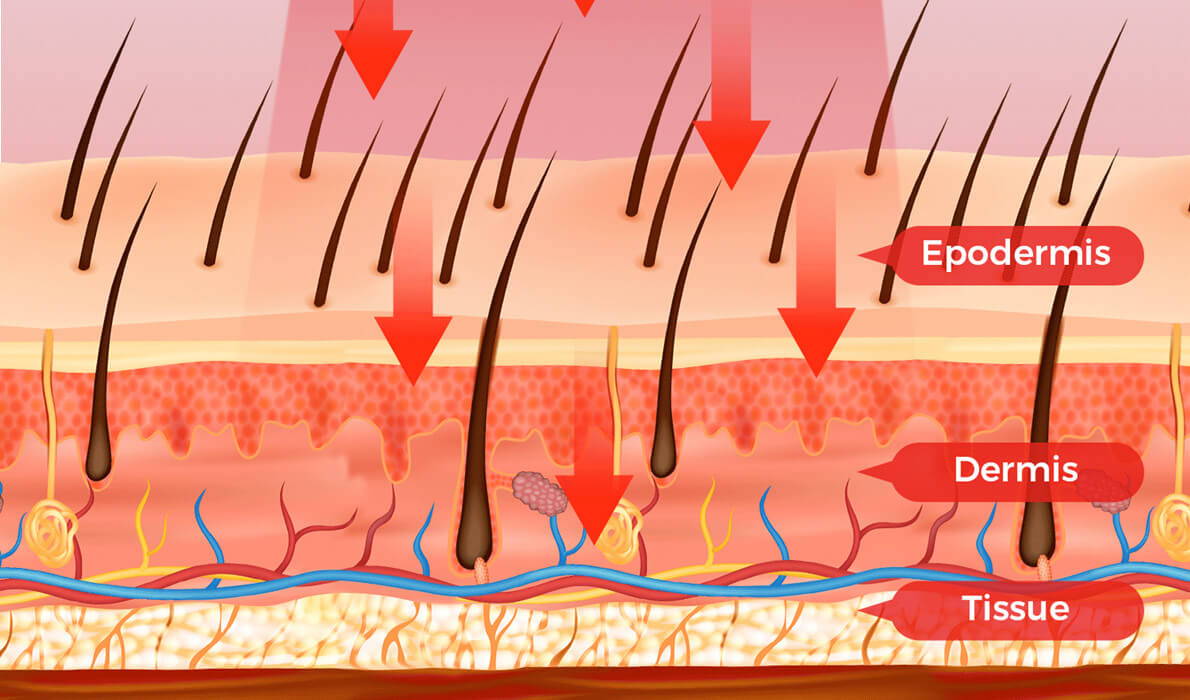Can 650nm Laser Therapy Help with Alopecia Areata
Can 650nm Laser Therapy Help with Alopecia Areata
What Science Says About Using LLLT for Autoimmune Hair Loss
Alopecia areata can be unpredictable, frustrating, and emotionally distressing. As more people seek non-invasive treatments for this autoimmune condition, many are asking:
“Can 650nm laser therapy — a technology proven to stimulate hair regrowth — help with alopecia areata too?”
The short answer: Maybe — but it’s complicated.
Let’s explore what we know so far.
What Is Alopecia Areata?
Alopecia areata is an autoimmune disorder where the body’s immune system mistakenly attacks the hair follicles. This results in sudden, patchy hair loss on the scalp, face, or body.
It differs from genetic or hormonal hair loss (like androgenetic alopecia), because the root cause is immune dysregulation, not follicle inactivity or DHT sensitivity.
What Does 650nm Laser Therapy Do?
650nm Low-Level Laser Therapy (LLLT) uses red light at a specific wavelength to:
- Stimulate mitochondrial activity in hair follicle cells
- Boost ATP production, encouraging cellular repair
- Improve microcirculation around the scalp
- Prolong the anagen (growth) phase of hair follicles
This therapy is FDA-cleared for use in androgenetic alopecia (male and female pattern hair loss) and has strong evidence supporting its efficacy in those cases.
Can It Work for Alopecia Areata?
✅ Theoretical Benefits:
- LLLT may help repair follicles and stimulate regrowth once the autoimmune attack subsides.
- It may reduce local inflammation and promote a healthier scalp environment.
- Some small studies and anecdotal cases suggest partial regrowth when used consistently.
❌ Limitations:
- Since alopecia areata is immune-driven, LLLT does not stop the autoimmune process.
- Its effectiveness depends on disease stage — inactive or recovering patches may respond better than active inflammation.
- There is limited high-quality clinical data on LLLT specifically for alopecia areata.
In short, 650nm LLLT may support recovery, but is not a primary treatment for active autoimmune activity.
What Do Studies Say?
A few case reports have shown improvement in patchy hair regrowth when using LLLT in combination with other treatments (like corticosteroids or minoxidil).
A 2020 review article in Lasers in Medical Science suggested that LLLT could be a complementary therapy, helping create a more favorable environment for regrowth in alopecia areata patients.
Should You Combine It with Other Treatments?
Yes — especially for alopecia areata. Most dermatologists recommend a multi-modal approach, including:
- Topical or injected corticosteroids (to reduce immune activity)
- Minoxidil (to promote regrowth)
- Litfulo (ritlecitinib) for long-term immune modulation in moderate to severe alopecia areata
- LLLT (to help reactivate follicles once immune attack subsides)
- Lifestyle adjustments to reduce stress and support immune health
Who Might Benefit Most?
- People with mild or early-stage alopecia areata
- Individuals in remission or regrowth phase
- Patients using LLLT as part of a broader treatment plan
- Those looking for drug-free supportive therapies
⚠️ Important Notes
- LLLT is not a cure for alopecia areata
- Always consult your dermatologist before adding LLLT, especially if you have active inflammation
- Monitor progress over at least 3–6 months of consistent use
Final Thoughts
650nm laser therapy isn’t a magic fix for alopecia areata, but it may be a valuable ally in the regrowth journey — especially when combined with medically guided treatments.
If you’re living with alopecia areata, talk to your doctor about how LLLT fits into your personal care plan.



